McKenzie, journalist who delved into Korean justice
Far East correspondent revealed Koreans’ sufferings under Japan’s colonial rule
By KH디지털2Published : Nov. 17, 2015 - 10:19
In Korea’s turbulent path toward independence and nation building, there were foreign nationals who stood steadfastly by the Korean people, although their contributions have been largely overshadowed by those of Korean patriots. The Korea Herald, in partnership with the Independence Hall of Korea, is publishing a series of articles shedding light on these foreigners, their life and legacies here. This is the eighth installment. ― Ed.
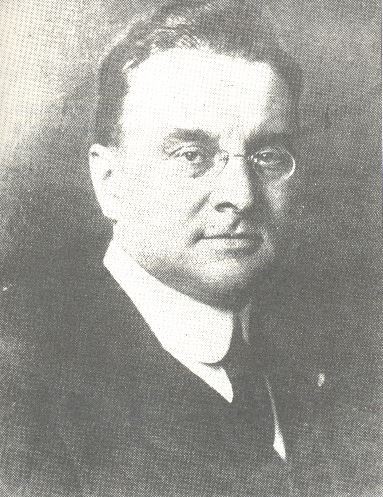
Frederick Arthur McKenzie is remembered by Koreans as a true, brave journalist whose reporting and writing during the early 20th century helped expose Koreans’ sufferings under the rule of Imperial Japan. His writings and photos remain precious records of Korea’s turbulent history.
‘Tragedy of Korea’
Born in Quebec, Canada, in March 1869, Frederick A. McKenzie made a name for himself as a special overseas correspondent.
His life first crossed paths with Korea when he was dispatched to the Far East to cover the Russo-Japanese War (1904-1905) for the London Daily Mail.
Highly active as a writer and war journalist, he started to write a book on Korea about Koreans’ suffering during the war.
McKenzie returned to his country after the end of the war, but chose to come back to Korea.
Judging from his detailed eyewitness accounts of King Sunjong’s coronation ceremony in July 1907, the righteous armies of Yangpyeong and Jecheon, and British journalist Ernest Thomas Bethell’s deportation, it is estimated that he stayed about two years in Korea from the summer of 1906 to the end of 1907.
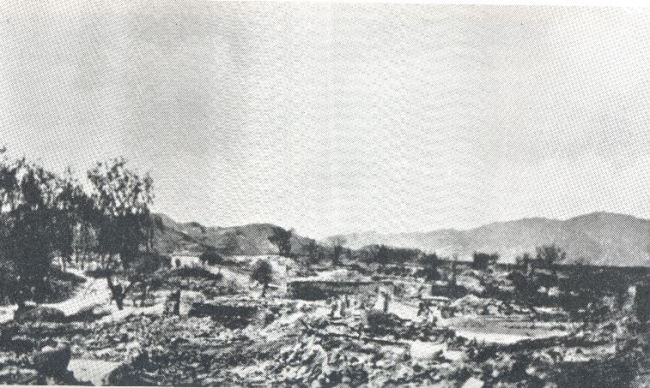
His book, “The Tragedy of Korea,” published in 1908, revealed the plundering of Korea by Japan to the world. It was McKenzie’s eyewitness accounts of Japanese aggression and exploitation that allowed the world to see the situation objectively, despite the limits of his relatively scant sources. His writings were more than simple records, and were extremely valuable in that they were a history written by a foreign observer.
“It was a hot early autumn when I reached Chee-chong. The brilliant sunshine revealed a Japanese flag waving over a hillock commanding the town, and glistened against the bayonet of a Japanese sentry. I dismounted and walked over the heaps of ashes down the streets. Never have I witnessed such complete destruction. Where a month before there had been a busy and prosperous community, there was now nothing but little heaps of black and grey dust and cinders. Not a whole wall, not a beam, and not an unbroken jar remained,” he wrote in “Tragedy of Korea.”
According to McKenzie’s account, around 80 percent of the villages between Chungju and Jecheon were destroyed by the Japanese. Moreover, 10,000 to 20,000 refugees fled in fear of the violence wreaked by the Japanese. McKenzie saw too many times the appalling sight of civilians slaughtered by the “scorched earth tactics” of the Japanese and wandering after losing their beloved homes. In this pitiful situation, his camera captured images such as those of a woman mourning over the body of her 10-year-old daughter shot dead by Japanese soldiers, the Koreans jailed in Suncheon Prison, and the righteous armies, which are now in Korean textbooks.
‘Korea’s Fight for Freedom’
Despite the complete destruction and oppression, the people who lost their country did not give up their hope of independence. As McKenzie mentioned in the preface of his another book “Korea’s Fight for Freedom,” in the end of the 1910s, Koreans shocked the world by attempting peaceful resistance against the Japanese. Witnessing the great struggle that was the March 1st Movement, he wrote this book and made known the Koreans’ spirit for independence in the face of death to the world.
“It was a hot early autumn when I reached Chee-chong. The brilliant sunshine revealed a Japanese flag waving over a hillock commanding the town, and glistened against the bayonet of a Japanese sentry. I dismounted and walked over the heaps of ashes down the streets. Never have I witnessed such complete destruction. Where a month before there had been a busy and prosperous community, there was now nothing but little heaps of black and grey dust and cinders. Not a whole wall, not a beam, and not an unbroken jar remained,” he wrote in “Tragedy of Korea.”
According to McKenzie’s account, around 80 percent of the villages between Chungju and Jecheon were destroyed by the Japanese. Moreover, 10,000 to 20,000 refugees fled in fear of the violence wreaked by the Japanese. McKenzie saw too many times the appalling sight of civilians slaughtered by the “scorched earth tactics” of the Japanese and wandering after losing their beloved homes. In this pitiful situation, his camera captured images such as those of a woman mourning over the body of her 10-year-old daughter shot dead by Japanese soldiers, the Koreans jailed in Suncheon Prison, and the righteous armies, which are now in Korean textbooks.
‘Korea’s Fight for Freedom’
Despite the complete destruction and oppression, the people who lost their country did not give up their hope of independence. As McKenzie mentioned in the preface of his another book “Korea’s Fight for Freedom,” in the end of the 1910s, Koreans shocked the world by attempting peaceful resistance against the Japanese. Witnessing the great struggle that was the March 1st Movement, he wrote this book and made known the Koreans’ spirit for independence in the face of death to the world.
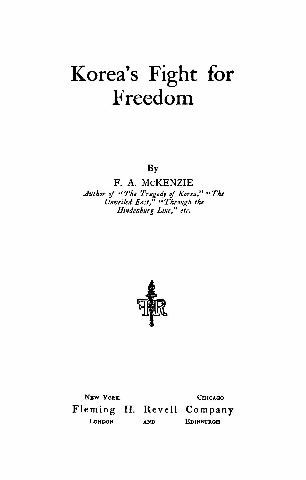
“I cross-examined (the officer) about the constitution of the rebel army. How were they organized? From what he told me, it was evident that they had practically no organization at all. … He admitted that the men were in anything but a good way. ‘We may have to die,’ he said. ‘Well, so let it be. It is much better to die as a free man than to live as the slave of Japan.’”
The Koreans did not despair. In the face of inhumane treatment by the Japanese, ranging from the reckless violence and slaughter of demonstrators to even ripping young schoolgirls’ clothes to shame and taunt them, the Koreans confronted them with nonviolence. McKenzie’s writings, which described the torture methods applied by the Japanese on the Koreans in detail, emphasized that the March 1st Movement was “a demonstration, not a riot.”
The Koreans did not despair. In the face of inhumane treatment by the Japanese, ranging from the reckless violence and slaughter of demonstrators to even ripping young schoolgirls’ clothes to shame and taunt them, the Koreans confronted them with nonviolence. McKenzie’s writings, which described the torture methods applied by the Japanese on the Koreans in detail, emphasized that the March 1st Movement was “a demonstration, not a riot.”
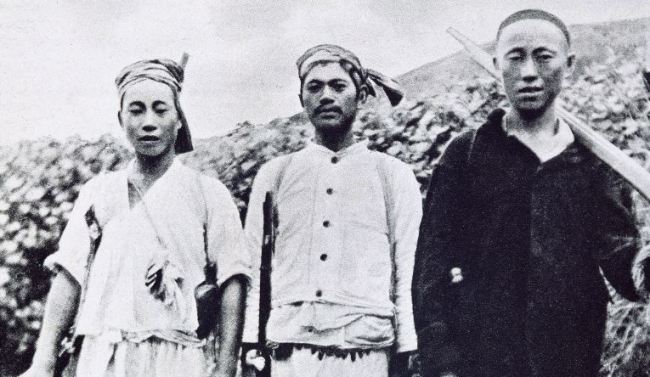
“The movement was a demonstration, not a riot. On the opening day and afterwards — until the Japanese drove some of the people to fury — there was no violence. The Japanese, scattered all over the country, were uninjured; the Japanese shops were left alone; when the police attacked, elders ordered the people to submit and to offer no resistance. The weak things had set themselves up to confound the strong. At first, the Japanese authorities were so completely taken by surprise that they did not know what to do. Then the word was passed round that the movement was to be suppressed by relentless severity. … The police used their swords freely.”
After the March 1st Movement, McKenzie strongly criticized the oppression of Japanese colonial rule and firmly supported Korean independence. At the founding ceremony of the League of Friends of Korea in late October 1920 in London, he asserted, “The fulfillment of the wish of the Koreans (i.e. independence) will not only be beneficial to the Korean people but also to Japan. … That the Japanese have driven the Koreans under a slave system and stolen land, property and general freedoms in order to use their assimilation policy and moreover all sorts of evil measures to get rid of Korea’s Christian churches is backed by the convincing evidence of 105 people.” He resolved to “advocate for justice on the Koreans’ behalf and support the recovery of their freedom.” Although the Japanese Intelligence Bureau slandered this as “looking after his own interests under the pretext of the League of Friends of Korea,” the Provisional Government of the Republic of Korea dismissed the charge as “(he) is supporting us without any compensation.” His activities show how that the Korean independence movement was based on universal human values such as justice and humanity.
A symbol of justice and conscience
When he wrote “The Tragedy of Korea,” he was attacked by critics as exaggerating facts and describing things in poor fashion. Some branded and rebuked him as “anti-Japanese.” However, he was resolute against such charges:
“Some critics have sought to charge me with being ‘anti-Japanese.’ No man has written more appreciatively of certain phases of Japanese character and accomplishments than myself. My personal relations with the Japanese, more especially with the Japanese Army, left me with no sense of personal grievance but with many pleasant and cordial memories.
“I have long been convinced, however, that the policy of Imperial expansion adopted by Japan, and the means employed in advancing it, are a grave menace to her own permanent well-being and to the future peace of the world. I am further convinced that the militarist party really controls Japanese policy, and that temporary modifications which have been recently announced do not imply any essential change of national plans and ambitions. If to believe and to proclaim this is ‘anti-Japanese,’ then I plead guilty to the charge.”
After the March 1st Movement, McKenzie strongly criticized the oppression of Japanese colonial rule and firmly supported Korean independence. At the founding ceremony of the League of Friends of Korea in late October 1920 in London, he asserted, “The fulfillment of the wish of the Koreans (i.e. independence) will not only be beneficial to the Korean people but also to Japan. … That the Japanese have driven the Koreans under a slave system and stolen land, property and general freedoms in order to use their assimilation policy and moreover all sorts of evil measures to get rid of Korea’s Christian churches is backed by the convincing evidence of 105 people.” He resolved to “advocate for justice on the Koreans’ behalf and support the recovery of their freedom.” Although the Japanese Intelligence Bureau slandered this as “looking after his own interests under the pretext of the League of Friends of Korea,” the Provisional Government of the Republic of Korea dismissed the charge as “(he) is supporting us without any compensation.” His activities show how that the Korean independence movement was based on universal human values such as justice and humanity.
A symbol of justice and conscience
When he wrote “The Tragedy of Korea,” he was attacked by critics as exaggerating facts and describing things in poor fashion. Some branded and rebuked him as “anti-Japanese.” However, he was resolute against such charges:
“Some critics have sought to charge me with being ‘anti-Japanese.’ No man has written more appreciatively of certain phases of Japanese character and accomplishments than myself. My personal relations with the Japanese, more especially with the Japanese Army, left me with no sense of personal grievance but with many pleasant and cordial memories.
“I have long been convinced, however, that the policy of Imperial expansion adopted by Japan, and the means employed in advancing it, are a grave menace to her own permanent well-being and to the future peace of the world. I am further convinced that the militarist party really controls Japanese policy, and that temporary modifications which have been recently announced do not imply any essential change of national plans and ambitions. If to believe and to proclaim this is ‘anti-Japanese,’ then I plead guilty to the charge.”
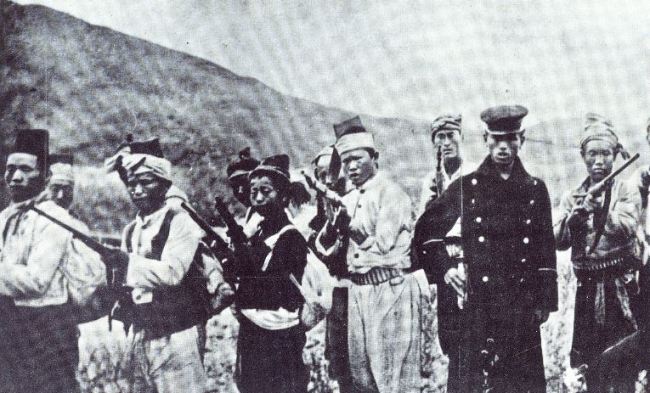
His object of censure was not individual Japanese, but revealing clearly the brutal aggression of Japanese imperialism, and affirmed that he was “plead(ing) guilty to the charge” of revealing the truth. These words which targeted the heart of imperialism’s antihuman nature, were a message to the world showing how the Korean people victimized by Japanese colonialism should be treated. His great-granddaughter, Namoi Nicholson, said: “He wanted to galvanize people to do something about it, to support and help the people of Korea suffering from the tragic events.” McKenzie was the conscience of the age that rang the alarm in “the age of imperialism.”
Like the newspaper obituary that praised him as “a great war journalist and writer” who died in 1931, Koreans remember McKenzie who strived to seek truth and justice throughout his life in the true spirit of journalism.
In 2014, McKenzie was posthumously awarded the grade of Order of Independence, Order of Merit for National Foundation by the Korean government.
By Yu Pil-ku
Researcher, Independence Hall of Korea
Like the newspaper obituary that praised him as “a great war journalist and writer” who died in 1931, Koreans remember McKenzie who strived to seek truth and justice throughout his life in the true spirit of journalism.
In 2014, McKenzie was posthumously awarded the grade of Order of Independence, Order of Merit for National Foundation by the Korean government.
By Yu Pil-ku
Researcher, Independence Hall of Korea



![[AtoZ into Korean mind] Humor in Korea: Navigating the line between what's funny and not](http://res.heraldm.com/phpwas/restmb_idxmake.php?idx=644&simg=/content/image/2024/04/22/20240422050642_0.jpg&u=)
![[Exclusive] Korean military set to ban iPhones over 'security' concerns](http://res.heraldm.com/phpwas/restmb_idxmake.php?idx=644&simg=/content/image/2024/04/23/20240423050599_0.jpg&u=20240423183955)



![[Graphic News] 77% of young Koreans still financially dependent](http://res.heraldm.com/phpwas/restmb_idxmake.php?idx=644&simg=/content/image/2024/04/22/20240422050762_0.gif&u=)
![[Herald Interview] Why Toss invited hackers to penetrate its system](http://res.heraldm.com/phpwas/restmb_idxmake.php?idx=644&simg=/content/image/2024/04/22/20240422050569_0.jpg&u=20240422150649)





![[Exclusive] Korean military to ban iPhones over security issues](http://res.heraldm.com/phpwas/restmb_idxmake.php?idx=652&simg=/content/image/2024/04/23/20240423050599_0.jpg&u=20240423183955)



![[Today’s K-pop] Ateez confirms US tour details](http://res.heraldm.com/phpwas/restmb_idxmake.php?idx=642&simg=/content/image/2024/04/23/20240423050700_0.jpg&u=)